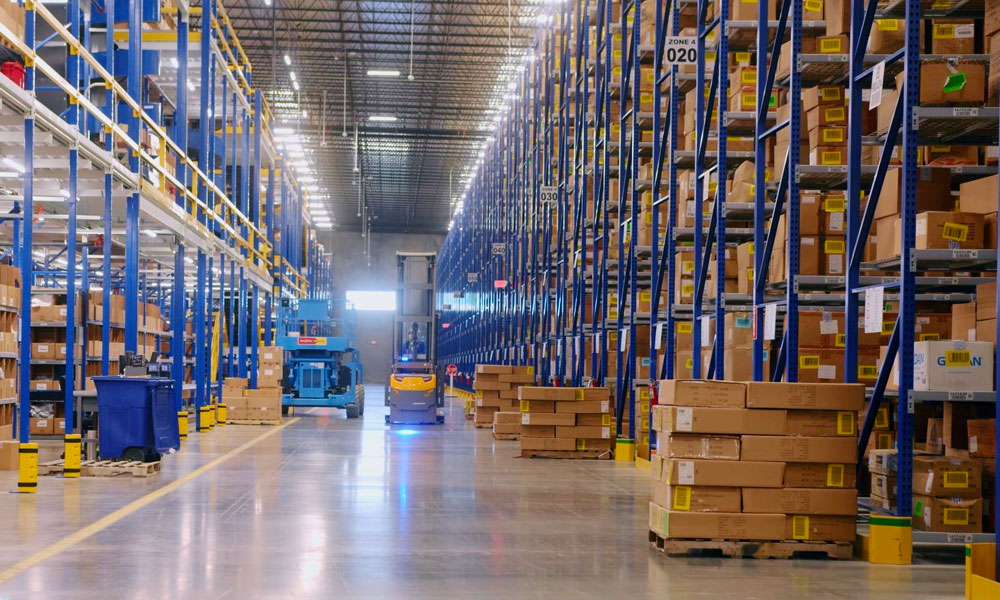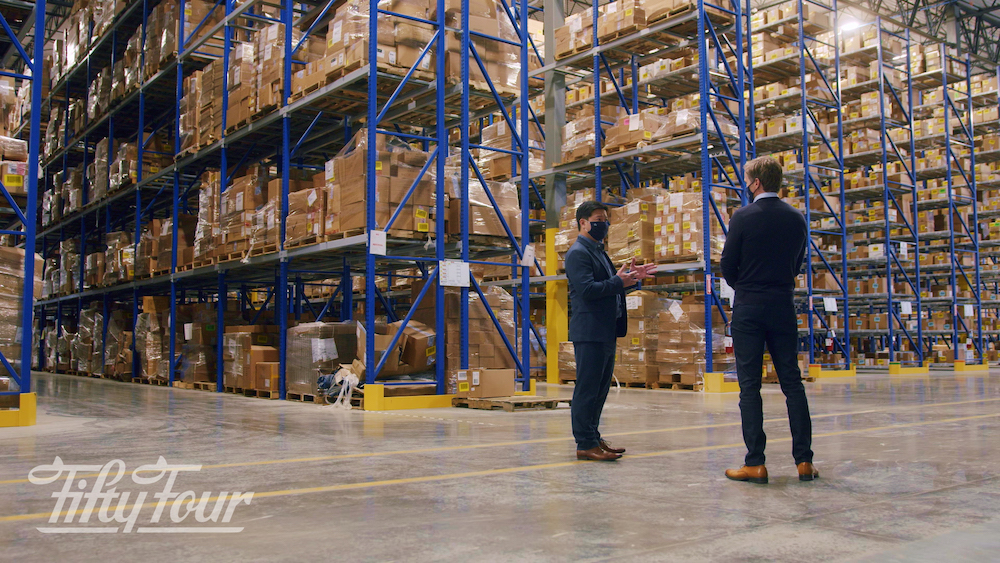Everybody in the warehouse business is after one thing: The fastest possible throughput with the least amount of errors. It’s why we spend inordinate amounts of time and money designing our warehouses (and their processes) to make the most sense for how to move things in and out in the smoothest, fastest and most productive way. There’s actually a word for that: Intralogistics.
Intralogistics is described as an art. That’s because there is a high level of skill and craft behind taking a large number of changeable and evolving components and turning them into a continuous and smoothly-running machine. And, of course, the apex is having a stewpot full of diverse ingredients that produce a palatable final course that remains consistently excellent.
In order to achieve this lofty goal, every ingredient – or component – has to be examined, tested and understood not only for its own unique flavor but in how it contributes to the wellbeing of the whole. To that end, today we’ll be looking at order picking. One small but mighty part of the entire warehouse procedure.

What is Order Picking?
Order picking is retrieving an object from our fulfillment center. It’s the stage that comes right after a customer places an order. Somewhere in that vast warehouse full of products is that one thing that someone (or something) needs to retrieve in order to “fulfill” the customer’s order.
Order picking, like every other step in the fulfillment process, needs to be done in an orderly, quick and efficient manner. How each step in the process behaves has a lot to do with the overall intralogistics of the whole.
Is Order Picking Hard?
It shouldn’t be hard, although it’s easy to make it more difficult if the proper foundation is not in place. Here’s an example: John Q. Public orders a beautiful tennis bracelet for his wife for her birthday. The order goes to a fulfillment or distribution center warehouse.
Fulfillment Center 1
At this warehouse, the foundation for a smooth operation is not in place. The e-commerce boom caught the owner by surprise and they’ve been reluctant to spend money upgrading their processes. They also don’t pay as well as the warehouse next door, so they’ve got a shortage of qualified workers.
Because their processes – from ordering to receiving to stocking and so forth – are in constant flux, it can be chaotic. Andy is a new employee who has the job of “order picking”. He goes in search of the tennis bracelet. A few hours later he finally finds the bracelet but he’s tired and stressed. He doesn’t even notice the bracelet has damage. He sends it over to shipping and out it goes.
When John receives the bracelet he is angry to find out it is damaged. His wife’s birthday is in 3 days. He drives to the mall to purchase a present and returns the bracelet.
Fulfillment Center 2
Here, the e-commerce boom also caught the owner by surprise. However, they are adept at pivoting and being flexible, so they immediately brought in some expert help to get advice on how to upgrade their operations to match the sudden inflow and outflow of product. They’ve felt good about investing some money in newer technology that not only automates key functions, but frees up (well-paid) employees for higher-thinking tasks.
When John’s order comes in, it is fulfilled in one of three ways:
Batch picked – The order is automatically sent to a repository where it is filed with other like orders. These orders are batch-picked from the same area of the warehouse at one time, saving time and money.
Zone picked – All high-dollar items are behind lock and key in one area of the warehouse. A worker (or a robot) is responsible for picking from that zone only, so there are no multiple workers traipsing back and forth from this zone.
Wave picked – Schedulers wait until a predetermined number of items (or a deadline) has been reached and pickers are then sent out into the warehouse to gather the items in the orders.
Since incoming freight is correctly stored, the bracelet is where it should be. This owner has invested in automating some tasks, which reduces human error.
Once the bracelet is picked, it is sent to shipping. However, a human employee in quality control notices the bracelet has a small chip. Rather than send out a flawed product, the order goes back through the system and another bracelet is picked. This one is perfect.
John gets his perfect bracelet, his wife is happy and it’s a good ending. John plans to buy more jewelry from this retailer in the future, leading to more business for this warehouse.
Make Order Picking Work For You
So, how can the decision maker of a fulfillment center use newer technology to have results like DC 2? It starts with the foundation, but each piece of the puzzle has to work, as well. Let’s take a look at the best order picking methods and why they might work for you.
Batch Picking
Batch picking is the process by which multiple orders of similar items are picked together in one trip. This makes sense because it cuts down on trips into the racks, saving time, which saves money. You can use this method without a warehouse management system in place. However, a good WMS will help you plan how to stock products so that similar items are in the same place or close proximity.
Wave Picking
Wave picking groups items together based on some metric of similarity, such as shipping dates, like items, warehouse zone. A supervisor sets “waves” of picking times throughout the day when workers gather the items in the specified fulfillment order. Wave picking cuts down on idle workers waiting around for orders to come in. Rather, workers pick groups of orders during the day and are assigned other tasks the rest of the time.
Zone Picking
Another popular picking method is zone picking. With this method, workers are assigned to specific warehouse zones (if your warehouse is in order, you have zones). With this type of picking, workers aren’t wandering around the warehouse looking for SKUs and one zone isn’t getting crowded with too many pickers trying to fulfill too many disparate orders.
As we mentioned before, you cannot have orderly picking resulting in an efficient throughput if the foundation and the other parts aren’t all working together to produce the art of intralogistics. Intralogistics is when you use all the tools at your disposal – including human and technology – to achieve the highest level – or maximum – operating potential of your fulfillment or distribution center warehouse.

Find Your Warehouse Maximum Operating Potential Today
At 54 Intralogistics, what we do is in our name. We are a group of highly skilled warehouse designers and engineers located throughout the U.S. who can work with you to find what we call the MaxOP of your warehouse. We use automation, integrated solutions and equipment to achieve your warehouse intralogistics. Reach out today to schedule your intralogistics report.
